Reese Wynans is the perennial sideman. The list of artists with whom he has worked is a veritable who’s who of the blues world and his discography easily exceeds some two hundred releases, including notable appearances with Stevie Ray Vaughan and Double Trouble, Joe Bonamassa, Buddy Guy, Johnny Winter and John Hiatt. Yet, sideman or not, Reese’s playing is instantly recognisable. His playing on recent Bonamassa albums has come to be a highlight and, on the rare occasions he does overcome his diffidence to deliver a solo, it inevitably brings the house down.
Now, at long last, Reese (with encouragement from Joe) has stepped out in front of a band for sweet release, a brilliantly realised album that sees Reese and an assorted collection of remarkable musicians covering a series of tunes from Reese’s recording history. Joe not only came up with the concept for the record, he also stepped up as producer, bringing his live band along with him, and the results, from the blistering opening barrage of Stevie Ray Vaughan’s Crossfire through to the gentle closing notes of a solo take on the Beatle’s blackbird, are truly wonderful. Reese, of course, plays with his typical skill and dexterity, but to hear his work foregrounded is to truly appreciate just how gifted he is and so it was with some degree of pleasure that we found he had agreed to speak with SonicAbuse about the genesis of the idea and the recording sessions.
Hello,
Is this Mr Reese Wynans?
Hi, this is Reese, how are you?
Fantastic – thank you so much for agreeing to speak to me.
My pleasure!
This is a special pleasure for me because I’ve had the privilege of seeing you play alongside Joe Bonamassa on a few occasions now and I’ve always particularly enjoyed your contribution to the show.
Well, thank you so much for saying that. I’ve been playing with Joe for almost five years, and I’ve been having a great time working with him.
It seems that the catalyst for you stepping out to do a solo album revolves around your involvement with Joe, is that right?
I don’t consider myself a frontman or a rock star or anything like that. I’m a piano player and I’m always very happy to play the accompanying role – the back-up role – and when it’s time for my solo then I’m happy to play one. I’ve been lucky enough to play with some really talented people. When I picked Joe to be the producer of this new record, Sweet Release, it was his idea to put the B3 stuff far out front and I think it worked out in a sort of interesting way. If this was a guitar feature record, then I don’t know if it would appeal to so many people so, we’ll see what happens. It’s fine to have my name on the record… I’m not used to that, so it’s taken a little getting used to me for me!
I love the process that goes into the creation of an album, and this is a very special album because it looks at your history as a recording artist and picks out, I guess, the tracks that tell the story of your musical career. So, when you started approaching this album, how did you narrow down the tracks that you wanted to do?
Well, that’s an interesting question. We went through a lot of songs before we decided on these. I was only going to do one Stevie song – we ended up doing four of them! When Kenny Wayne Shepherd and Chris Layton and Tommy Shannon all became involved, it just seemed like the natural thing to do for us to go back and play some of our old songs. The other songs, were kind of… I wanted to do an Otis Rush song, I wanted to do a Tampa Red song, I wanted to do a Willie Mitchell song. I wanted to do a southern rock song. I wanted to do kind of a funky, jazzy instrumental. So, you know, everything else just kind of made sense and we tossed around ideas until we came up with this particular list.
Obviously the blues has a really long history of artists playing covers and paying tribute to the people who came before or whom they consider their peers, but I guess the important thing for any musician is to inhabit a cover and make it their own and I wondered how you approached these songs to put your own unique stamp on them?
Well, that was some of my doing and that was some of my producer, Joe Bonamassa’s doing as well. We were determined that we weren’t just going to do a rubber stamp copy of these – there’s no point. To both of our minds there was no point in doing that.
So, the Stevie stuff was a little scary to try to do with a different approach – for example to take Riviera Paradise and make it more orchestral and to use the B3 as opposed to the piano and guitar, so that was a little scary. Crossfire is the closest one and Say what – they’re pretty close to the original and it was just a blast playing those again with Tommy and Chris.
[brief pause in which we’re disconnected due to technical issues]
Do you get to do many interviews?
[Deadpan] No. Hardly anyone wants to talk to me! I did speak to a guy from Netflix about Stevie and we ended up having a nice chat, but at the end of the day, I’m not the one up front, I’m not the guy people want to talk to!
So, we were just talking about the nature of putting together a set-list and putting your own stamp on to the songs and getting that kind of vibe and one song that I was really pleased to see was a track by Arc Angels which featured most of the people playing with you – that band was made up of Stevie alumni wasn’t it…
Yeah, Tommy and Chris were both in that band along with Charlie Sexton and Doyle Bramhall II. I like that song. I wanted to have a good, boogie-woogie rock ‘n’ roll song like that; kind of like the house is rockin’ – and I felt the lyric was a great lyric.
I was trying to tell Joe that this should be the name for the record – “I’m pretty good for the shape I’m in”.
So, we did a version of that and we had three different bass players playing on that track and a couple of guitar players. There’s a boogie-woogie break in the middle, so Noah Hunt and Kenny Wayne sang the offsetting verses, just like Charlie and Doyle did. We had a blast playing that. It rocks!
One of the things I really like about the record is that there’s this sense of enthusiasm about the whole thing and, you know, I’m one of those people who loves to sit digging through albums and playing tracks with friends and, in many ways, this album comes across kinda like that. It’s kind of like having a listening party with you and checking out the stuff that fires you up and I really like the vibe that’s attached to it…
That’s a great thing to say and thank you very much, I take that a as huge compliment.
I know it’s a bunch of different kinds of music and I don’t know if it is easy to listen to all the way through – I think it is – but, it’s all different kinds of things on there and hopefully the people who like blues should like this. There’s old blues, new blues, soul tunes, a ballad, a couple of ballads actually. Sweet Release is different to all the rest of them, so there’s a bunch of different things on there.
It’s an all-star cast – there are some amazing musicians joining you in the studio. How long did it take to get it all together? Did people come to you or were parts done remotely? How did all that work out?
There were a few parts done remotely. Warren Haynes couldn’t make it, so he did his remotely. Vince Gill did his remotely and Sam Moore did his remotely, as did Doyle. All the tracks were cut live, some of the vocals and one or two of the guitar things were done remotely.
So how long did it take you from setting up to getting the album together?
Well, we thought about the record and talked about what songs would be on there for, it must have been two or three months, just trying to hone down exactly what we would do. We ended up hiring three different rhythm sections. The tracking was the easiest part. We did all the songs in six days.
The majority of the tracking was done with the musicians playing live together.
Tommy and Chris – all three rhythm sections were live. Tommy and Chris had two days, Greg and Michael had two days and Lamar and Travis had two days. And most of the guitars – all the Kenny Wayne guitars; the Jack Pearson guitars; the Josh Smith and the Joe Bonamassa guitars they were all cut live with the rhythm section. The vocals, we had a couple of days where the vocalists were there with the band, but for the most part they had their own day.
It’s a quick turn-around for a major label releases, I think…
Well, I mean these were songs that we knew well, and I have to say that these are professional musicians too. They’re used to being in the studio. I brought these people in knowing that things would be right, right off the bat and they nailed them immediately.
Another track that really stands out is possibly also the bravest track on the album – the solo take on Blackbird that closes the record and there’s just this image of you playing alone and creating this atmosphere out of that timeless melody – a very brave approach to a timeless track I thought…
Well, I wasn’t sure if that would work. They wanted me to play something by myself and I have been playing that song (and a couple of others) for some time.
I don’t usually play a lot of piano solo… you know, playing by myself in front of people – but that was the best of the ones that I had available at that time. It’s such a beautiful song and I hope my version brings out the lyrics well enough – I don’t sing, it’s just me playing the songs by myself It’s always meant something to me, and I hope it comes across.
I think it worked really well, it’s very evocative and people who know that song, you can feel the lyric flow through it but it’s a very different take and the fact that it is so naked, it works really well to bring the curtain down on the performance.
It feels like that to me too, it really does, and I appreciate you saying that.
You’ve worked with Joe, as you said, for about five years, so how did it come about that he’d produce this record because I think this is also his first time as producer…
Well, after I’d been in the band for about a year, I decided I was going to do a record. I’d written some songs, and I wanted to do a record of my own original material, just because I felt like it was time to do that. So, I cut some tracks and Joe said he was excited about me doing that – he’s been a fan of mine the entire time – but I didn’t like the way they came out.
When I told him that, he said “Well, I think you should stop doing these instrumentals and you should start doing more vocals and you’ll be happier with it.”
He had this idea of me doing songs that I had played on before, so it’s kind of a Joe concept. I loved the idea of it, so I asked him at that time, would he produce it, because he was the one who came up with the concept. He was reluctant at first, but he later agreed to do it.
So, was he very hands on in the studio – did he get involved in the arrangements or how did the dynamic work?
Let me just say that he was masterful! He was masterful in his decision making. He’d done all his research and he knew exactly what he wanted on every song. He played a supporting role on some of the songs, but for the most part he was behind the board encouraging me, encouraging the other musicians, making the tough choices when they needed to be made and… I can’t tell you how much of a load that takes off of me, the artist, when I don’t have to worry about that.
When I have someone that I trust in that chair. I thought it was a great collaboration, Joe is a great producer, and I would do another record with him in a second.
So, that idea of doing original material, is that still kicking around? Is that something you still want to do?
I would like to do that. The songs I came up with are good songs, but they weren’t finished, and they need to be finished. Then, a little bit more time for me to spend with them and we’ll see what happens. I’m excited about that, but that’s another record for another time, I’m excited about this record right now.
One of the things that I always ask artists is, once the songs are done and the tracking is all in place, how did you go about the really unsung art of getting the album sequenced so that it flows? I know for different artists, that approach can be very different, so, once you had the tracks down, did you already have a sequence in mind, or did you and Joe have to kick it around to get it right?
Oh, the sequencing is strange. You know, that’s an interesting point you have, because a lot of people think that once you’ve gone in and cut the tracks, everything else is just easy.
The truth is, you cut the tracks, you do the overdubs, and you do the sequencing. You do the mixing. You do the mastering. The work really begins once the tracks are cut. It ended up being more work than I expected it to be, but I think it came together well.
The sequencing, there was some real questions about the sequencing. I saw it one way, Joe saw it another way, other people saw it this way and that way and it ended up being a compromise and I hope it works out alright. It’s not exactly the way I saw it, but I’m not complaining about it either.
It’s such a challenging thing and it’s such a personal thing as well. The way an album is sequenced – it’s the final piece of the puzzle that makes an album great and I think it flows very nicely and I think coming to that beautiful conclusion with blackbird – that’s a great way to bring the listener back to reality having spent that time with you and the music.
That was the point to do that because I thought Blackbird being the last thing you hear is perfect and I really had to cash in some chips to make that happen!
I wanted to start the record with Say What and then do Crossfire, but the trade off was Blackbird last, Crossfire first, so that’s the way it worked out.
Getting the other people involved. How did you go about reaching out? Did you and Joe have a master list or was it an organic process of discussions over the years?
That’s a good question too. When Tommy and Chris wanted to come up, I knew we had to have Kenny Wayne to do the Stevie stuff- there was no question about that.
I really wanted Doyle Bramhall to be involved and we couldn’t figure out what song he was going to do and finally we settled on the Otis Rush song, which he did a fantastic job of. Doyle should do a whole record of Otis rush songs, he does it so well. Warren Hayes, that was a call that Joe made. Lots of people love Joe, so he called Warren and he called Keb’ Mo’ and Vince Gill. Joe’s idea to get Sam Moore was a great idea.
So, these were just ideas that came along to us and we called people – we reached out to them and some of them were available and some of them were not. I’d have loved to have Gary Clarke sing on the record, but he was not available. Nor was Susan Tedeschi – I would have loved to have had either one of them or both of them.
I’m very aware that you have limited time, but I have one last question – the one thing that didn’t come with your very informative press pack is whether you had plans to bring some of these songs out on the road with you as the headline name – I’m curious if that’s something you’d considered.
That’s another interesting question that you’ve asked me, Phil, and it’s something I’ve thought about lately and we’ll see what happens. I’m doing 100+ shows with Joe Bonamassa this year, including three here at the Albert hall and we have a recording date set up at Abbey Road later and Kenny Wayne Shepherd is busy, and Mike Farris is busy – everyone is busy! It’s a scheduling nightmare…
However, if it would happen… If I could get Mike Ferris, Jimmy Hall, Kenny Wayne Shepherd and Joe Bonamassa together for a couple of nights, I believe we might have something special! We’ll see if we can pull this together.
I very much hope you can. It’s been such a pleasure speaking to you and thank you for sharing some of the stories behind the album with me.
Thank you, Phil.




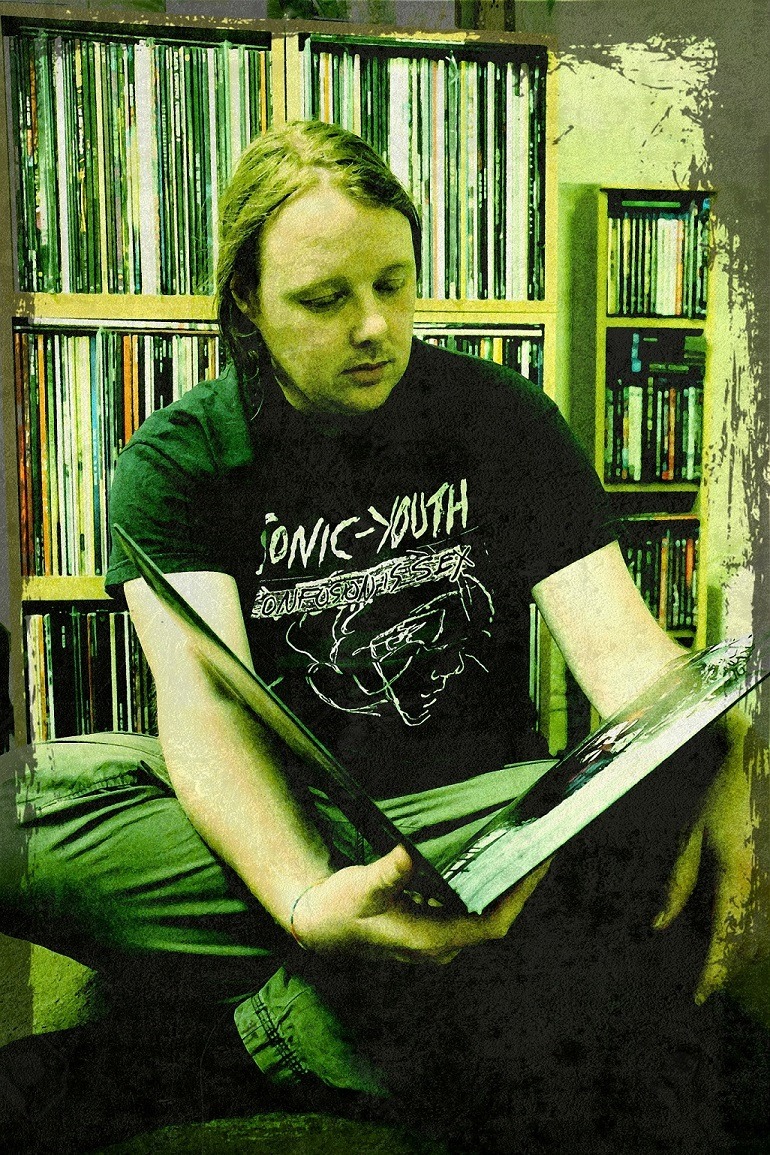
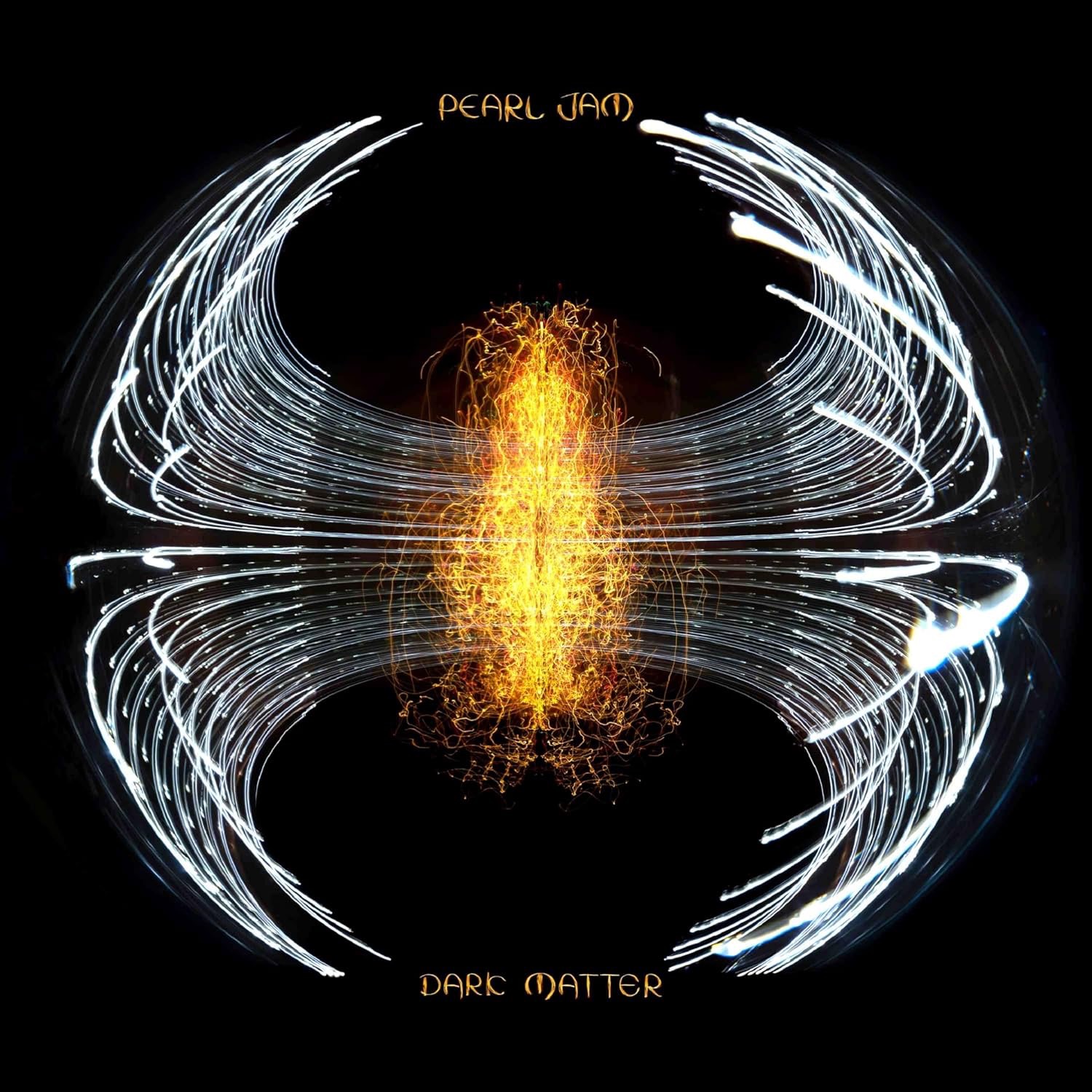
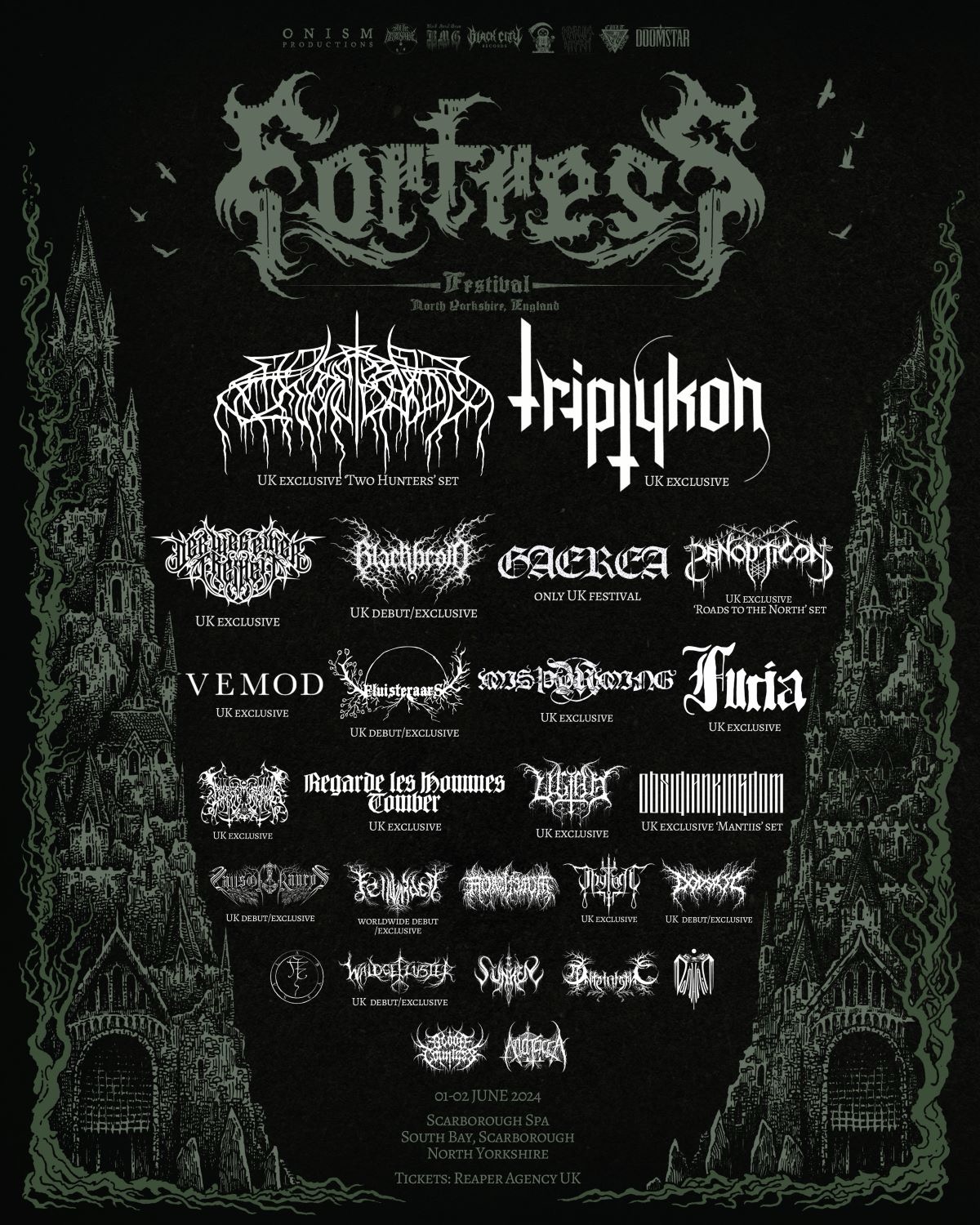
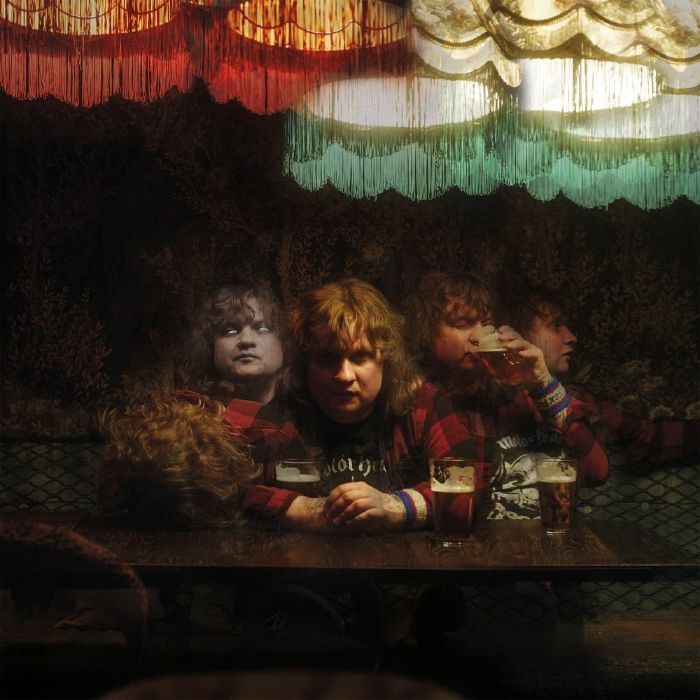
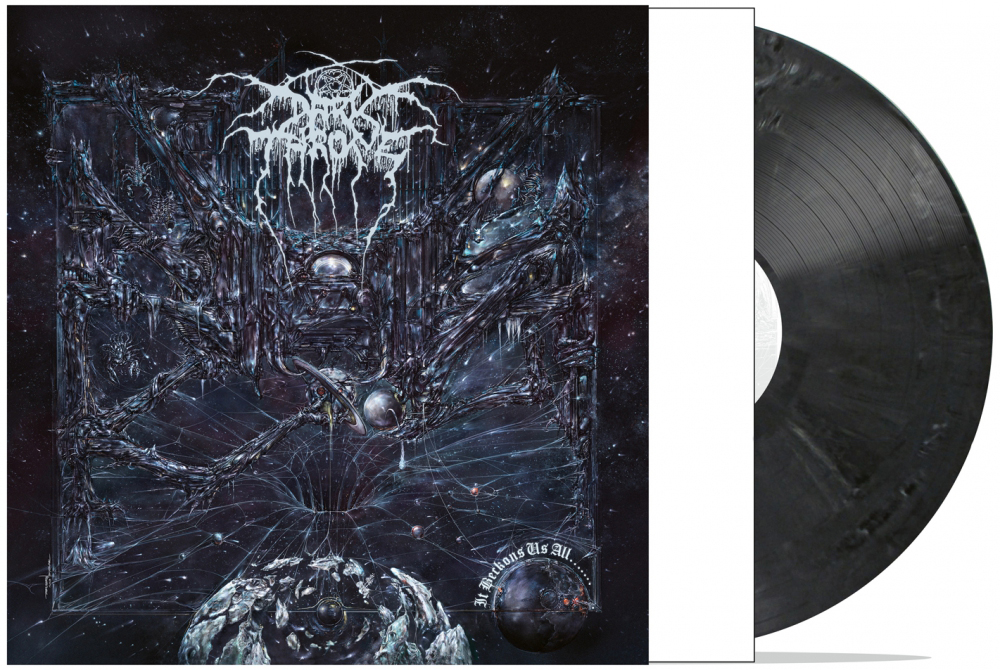
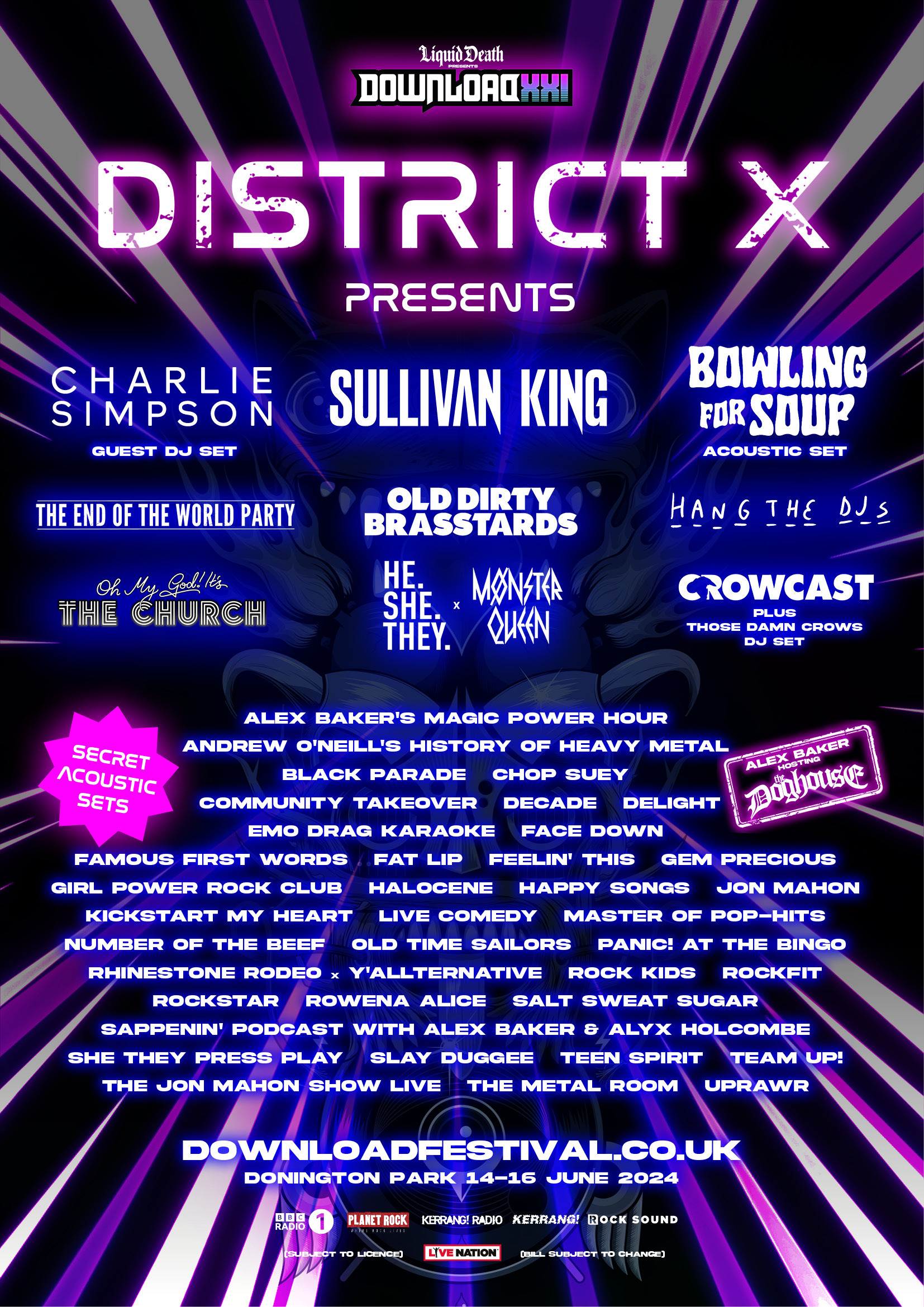

Leave a Reply